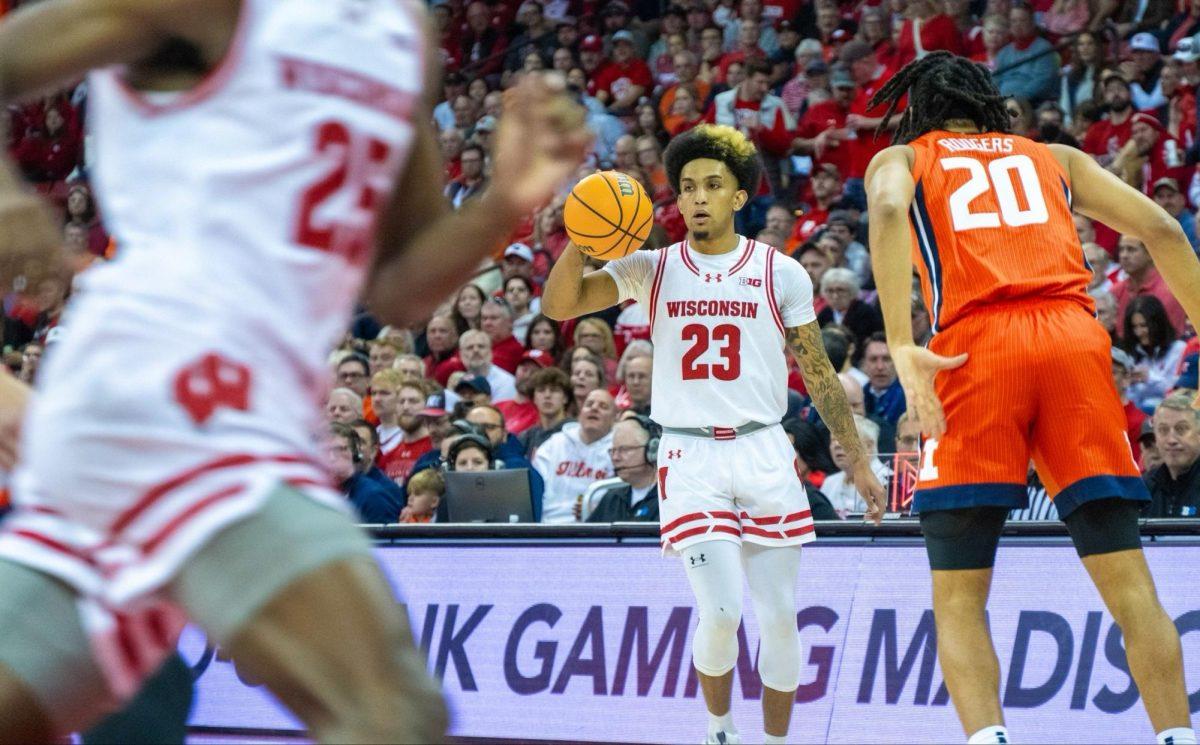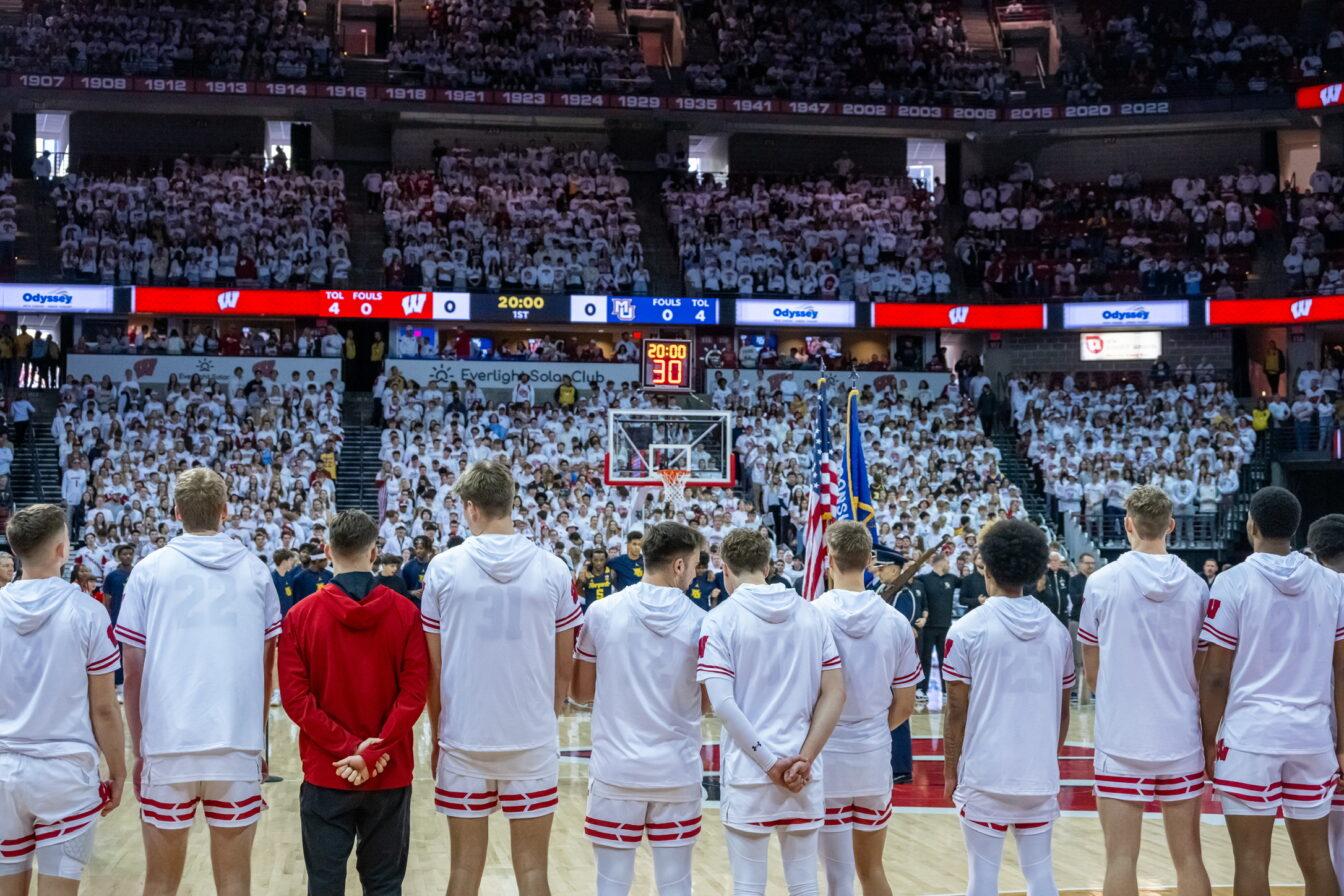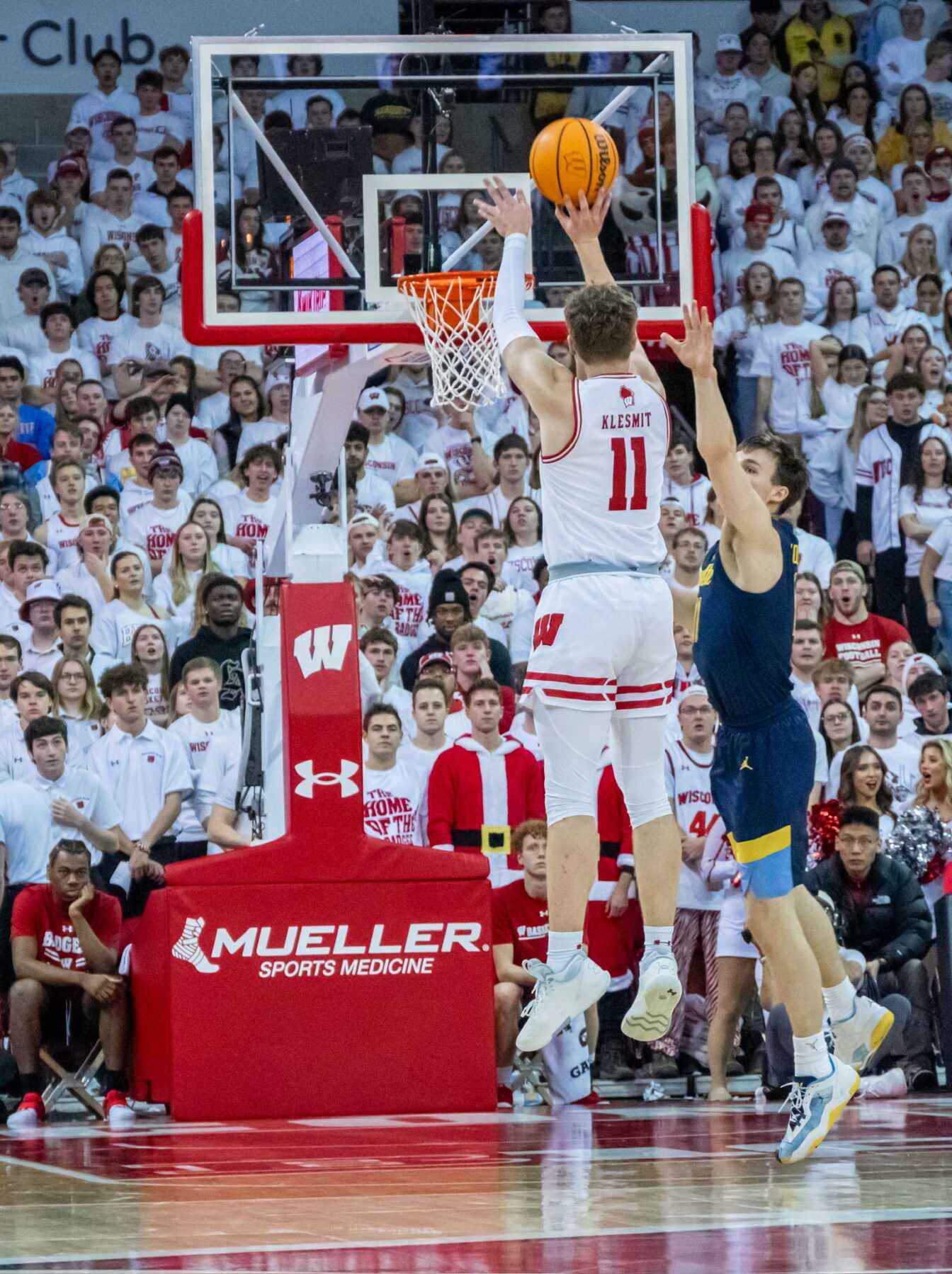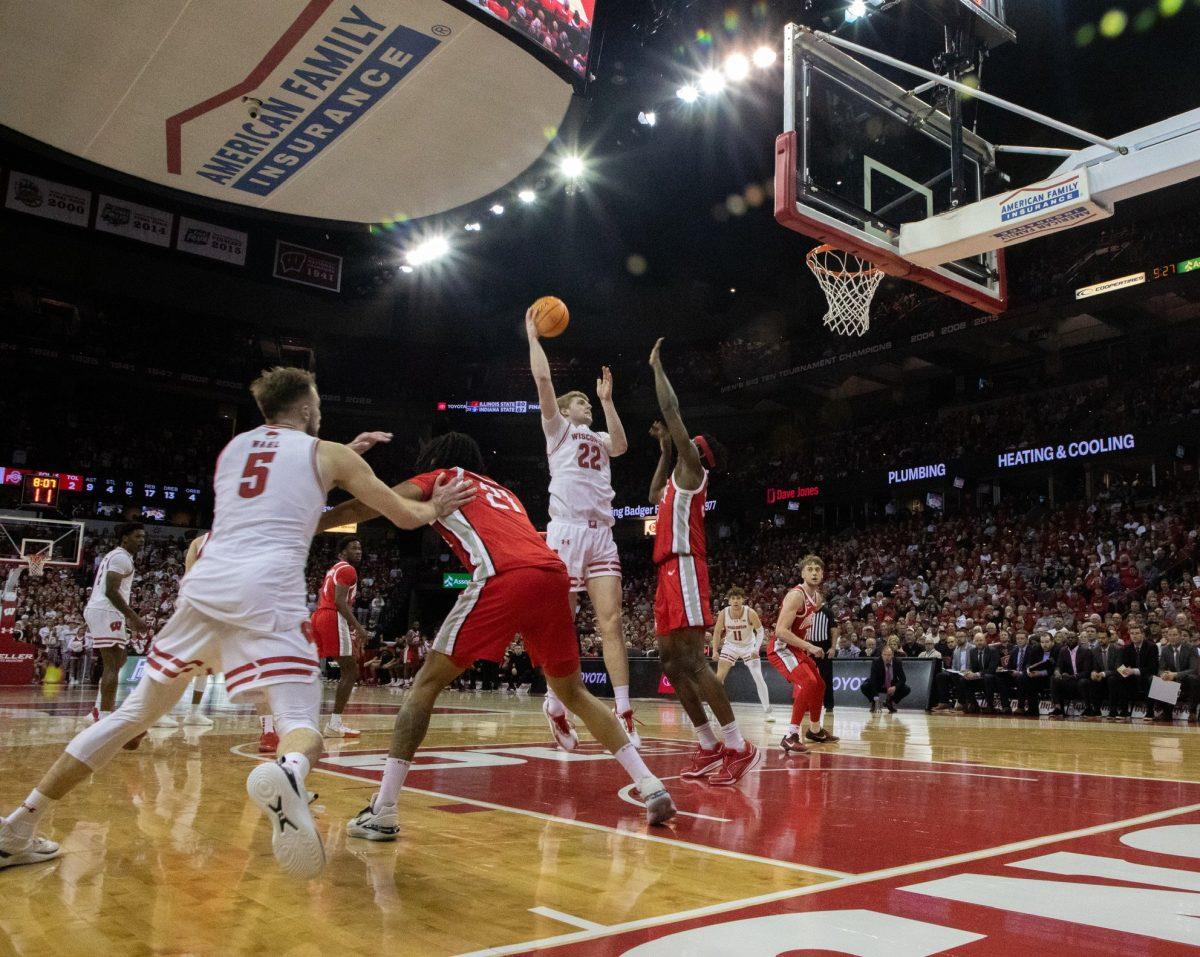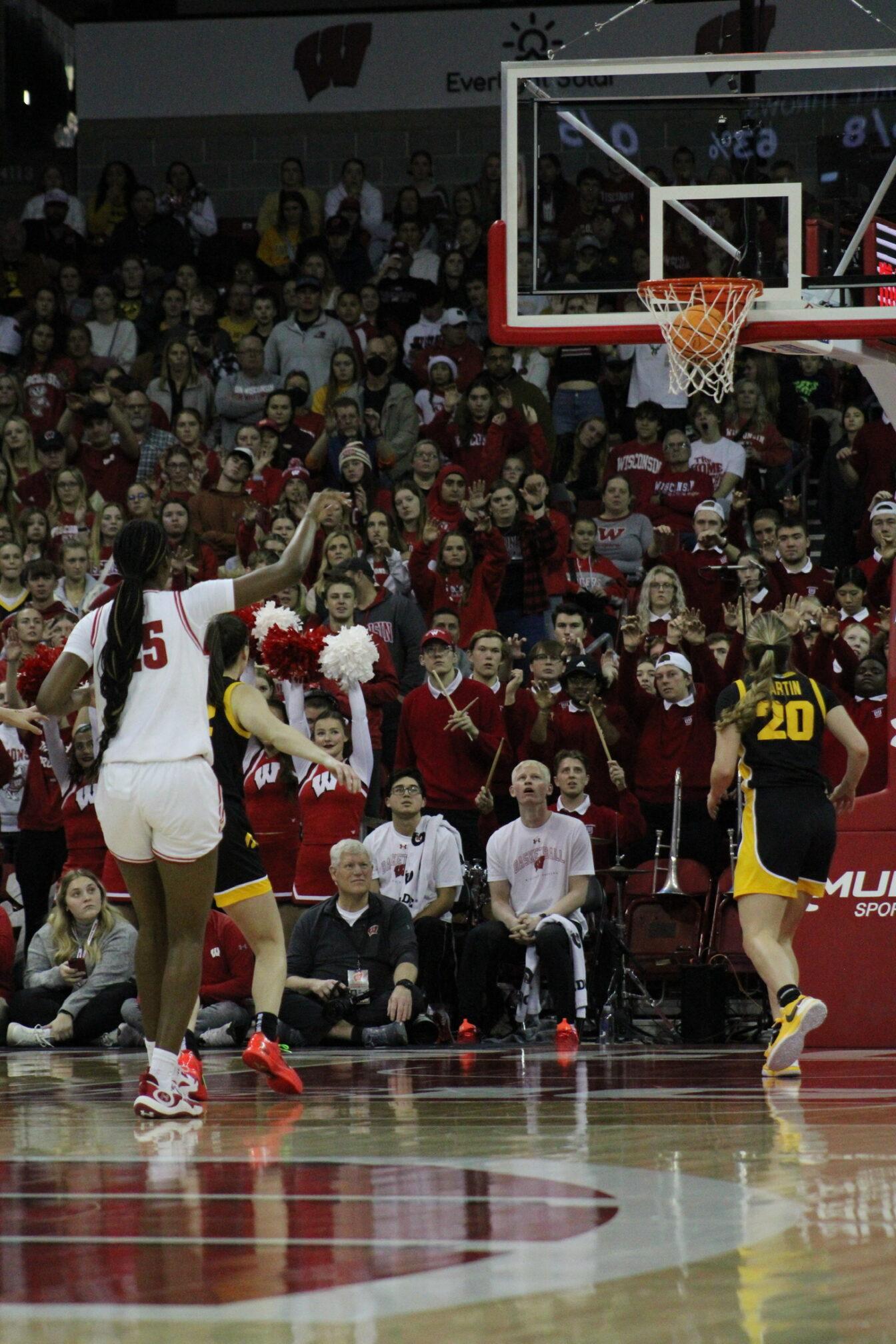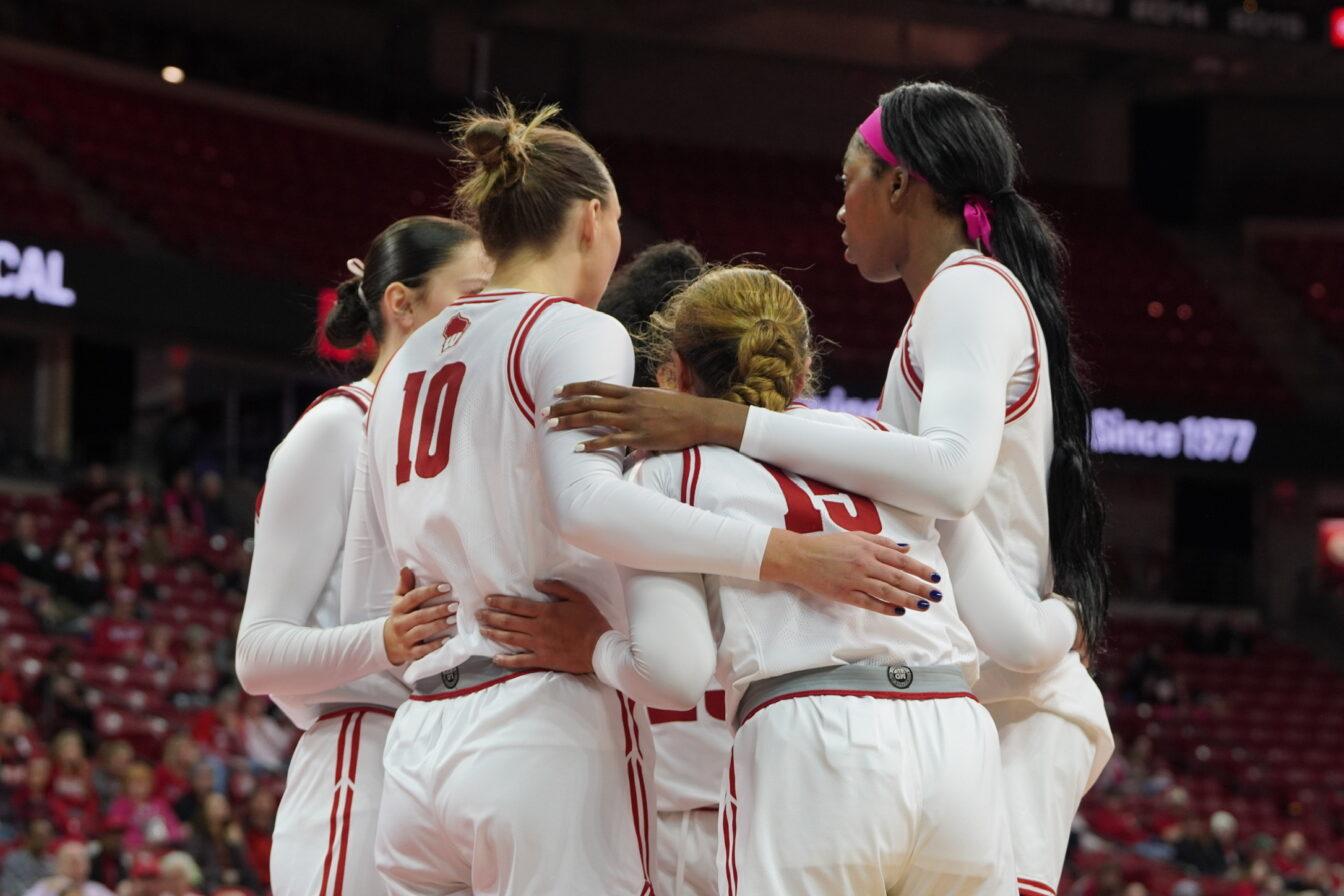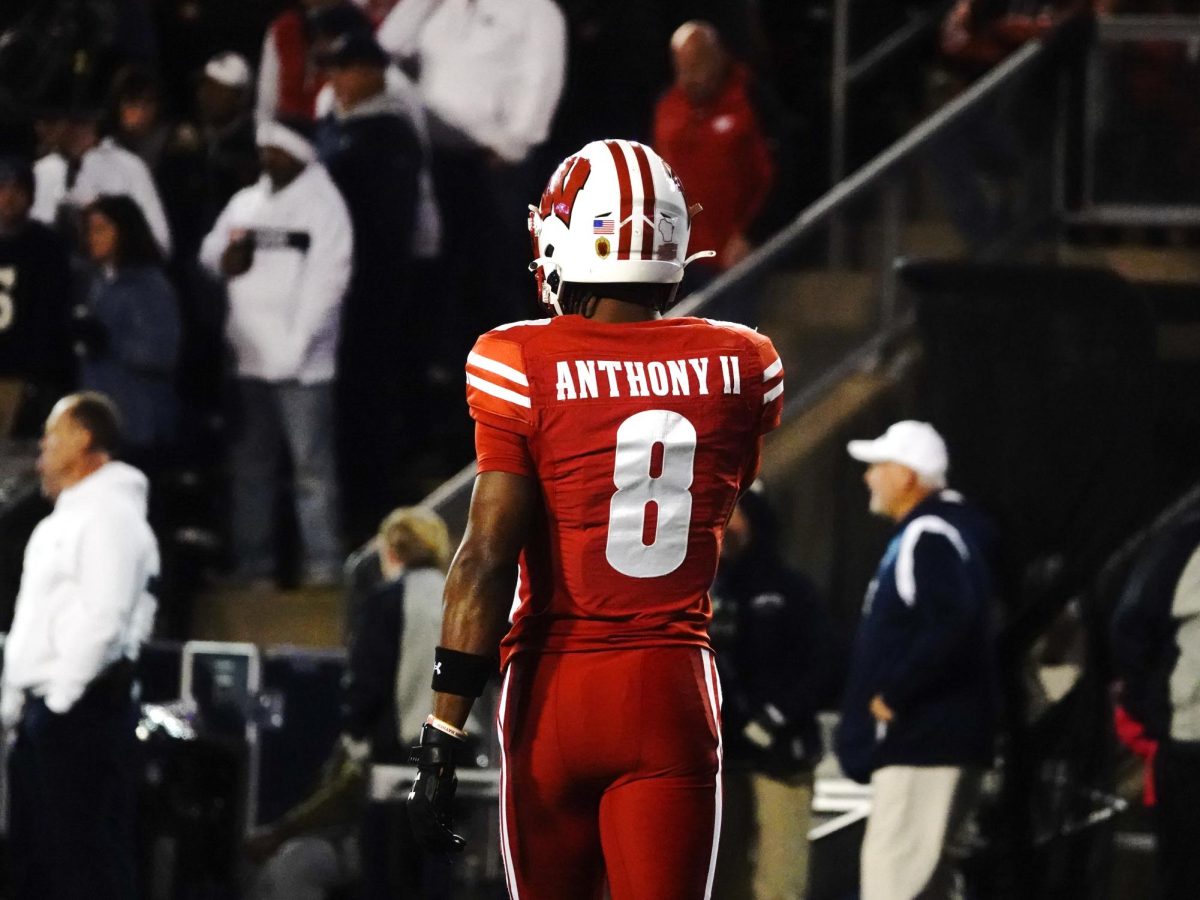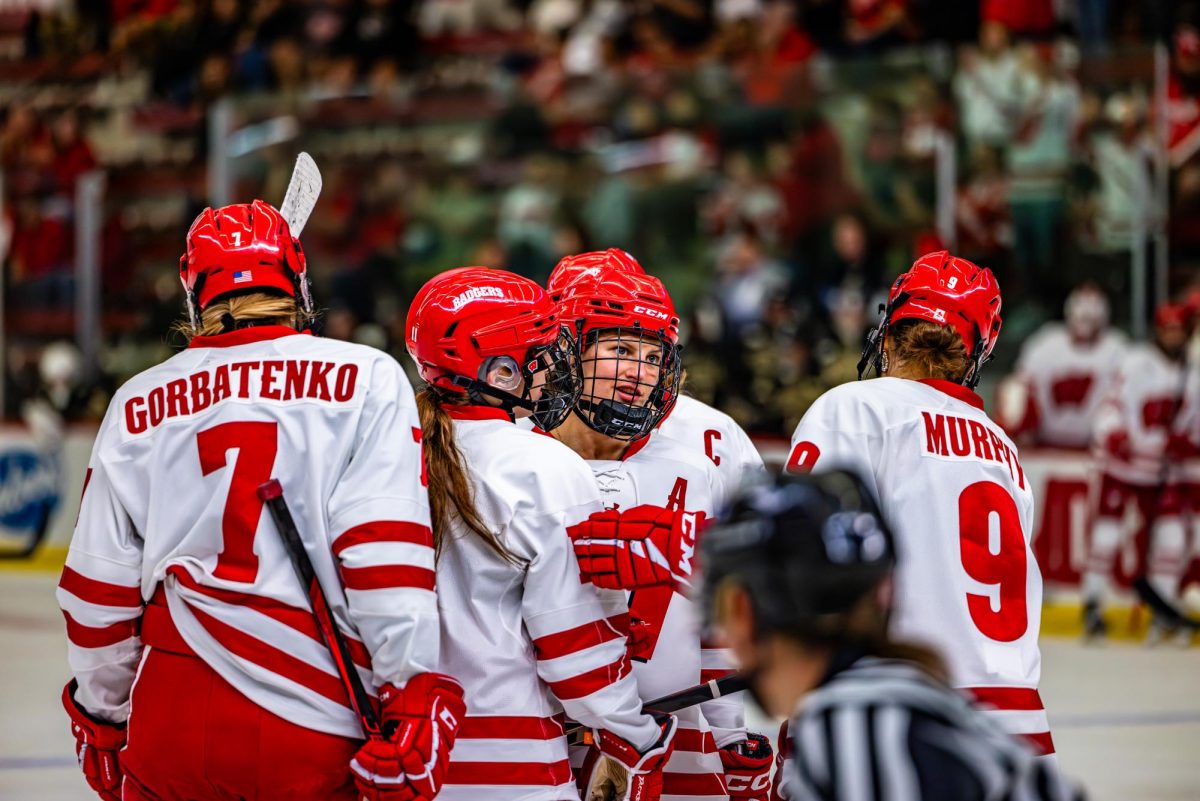In Division I men’s basketball, the phrase “March Madness” is generally reserved for the NCAA tournament.
But among the dozen Big Ten coaches, nobody’s kidding anybody. The Madness of March is sure to begin Thursday for the Big Ten in Indianapolis when the 15th edition of the conference tournament tips off at Bankers Life Fieldhouse.
The 2011-12 season has been a memorable one for the Big Ten, with the conference emerging as the country’s deepest league and a multitude of surprises and upsets keeping its fans guessing from game to game.
“It was so balanced we thought four or five losses would win it, and that’s what happened,” Illinois head coach Bruce Weber said in the Big Ten coaches teleconference, referring to Michigan State, Michigan and Ohio State tying for the regular season title with five losses apiece.
“It’s a tough league, one-through-12. I think everyone would agree with it.”
There are plenty of ways to describe the Big Ten as a league of giants in college basketball. The conference leads the nation in RPI with a mark of .5799 and has five teams in the top 25 – more than any other.
Five teams rest in the top 15 of the two major polls – again more than any other conference – and as many as seven or eight teams could reach the Big Dance.
“You look top to bottom, if it isn’t the best, it sure is the best of the 27 years I’ve been here,” Michigan State head coach Tom Izzo said.
And now the much-anticipated time has finally come for the intra-league competition to reach its peak in Indianapolis.
If the 2011-12 season demonstrated anything, it’s that no team is safe from another. Nine-seeded Illinois has handed losses to both No. 1 Michigan State and No. 3 Ohio State. No. 10 Minnesota has topped No. 5 Indiana, and No. 8 Iowa has beaten No. 4 Wisconsin twice.
And no lead is a safe lead.
“We were down 15 on Saturday night and came back and won on an away court,” Northwestern head coach Bill Carmody said of his regular season finale against Iowa. “Ohio State was down [15 against Michigan State] on an away court [Sunday] and came back and won.”
The seeding of the tournament may not even be an accurate portrayal of the momentum behind every team.
Fifth-seeded Indiana is currently the hottest squad in the league, winning eight of its last 10, including four straight. Two seeds below is Northwestern, a bubble team with plenty of optimism but one that has not won back-to-back games since early February. Meanwhile, Michigan State ended the year by dropping its final two games.
The league has been so tough on its members that, speaking the morning after its final loss, Izzo said it turned what should have been the “most celebrated” of his six regular season titles into one of his more “disappointing” ones since Michigan and Ohio State found elbow room to force the three-way split.
“It should be … our most celebrated one because of that exact reason, and yet I guess in a sick sort of way, at least for another six-to-eight hours, is one of my more disappointing ones because of not being able to finish the job,” he said.
Conventional wisdom would hold that a bye in any kind of tournament would be invaluable. It certainly sounds nice for the Big Ten tournament, where the unlucky teams are tasked with winning four games in four days in order to take the crown.
And if there’s anyone who knows about first-round byes in this conference, it’s Wisconsin head coach Bo Ryan, who has never participated in the opening round of the tournament in his 11 years in command of the Badgers.
But even Ryan has gathered the benefits of playing in the first round. When a team doesn’t know who it’s playing the day before tip off, he explained, it can be tricky to prepare. Depending on when practice facilities in Indianapolis are available, the team might not even get enough time to practice.
And sometimes playing a full game in the opening round makes for better preparation for round two than an inadequate practice.
Two teams without a bye made it to the semifinals in last year’s tournament. One of them, then-No. 6 Penn State, went to play in the championship game before losing to Ohio State.
“It’s hard that way,” Ryan said of the bye. “There are coaches that have told me they love playing the first day when they won because they felt so much more comfortable the second day because of what you don’t get on the court as far as practice time.”
Indeed, one would be hard-pressed to find a team without a bye that didn’t believe it could, at least, do some damage in the first two rounds, if not run the four-day, four-game table.
Purdue head coach Matt Painter simply pointed to last year’s Big East tournament, in which Connecticut won five games in as many days to take the conference title and then went on to win the requisite six games to take home the national title.
“I think there’s a lot of teams that feel if they can get through a round or two that they can win it,” Painter said, whose team faces Nebraska Thursday. “I think that’s the issue of getting starting and feeling good about yourself and getting a win underneath your belt.”


